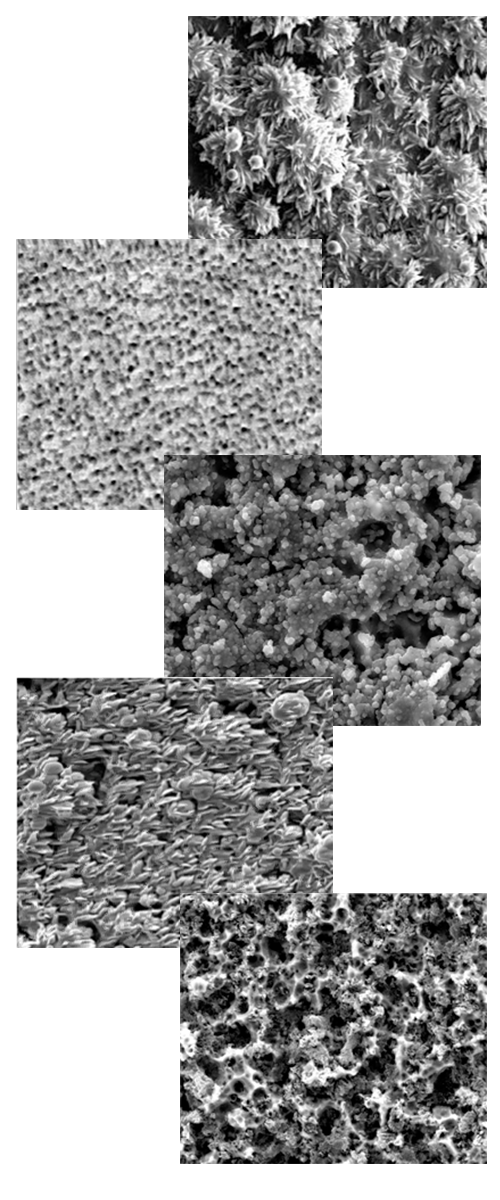How Do We Create Cell Attachment Surfaces?
The Short Answer
We integrate Physics, Microbiology, Protein Chemistry and Immunochemistry to develop and understand the mechanisms with which implants must interact with the body to elicit desired responses and inhibit undesired responses.
We then employ Plasma Physics to generate Nanoscale Quantum Effects to give surface material the properties required to elicit the desired and inhibit the undesired. Exploiting Quantum Effects at Nanoscale¹,² is Key to Changing an Implant’s Properties to Generate Attachment of Desired Cell Types.
The Longer Answer
Biocompatible implant materials such as PEEK and even Titanium lack the material properties that allow them to avoid the body’s Foreign Body Response (FBR) and escape the immune system’s onslaught which often results in fibroblast encapsulation that prevents proper implant performance and even degradation of the implant materials.
A great deal of research has gone into implant topology, particularly for spinal and orthopedic implants, to determine the right topology or mix of topologies needed to prevent fibroblast encapsulation and generate osteoblast attachment. A number of implants are marketed with general nanotopology claims or combination nano/micro/macro topology claims.
The critical question is…is that enough? Do all or most nanotopologies or mixes of topologies work?
Our work has shown that identification and production of specific nanotopologies are required to minimize the body’s FBR and generate attachment for each different cell type.
Why?
Those nanotopologies must be capable of changing the electrical and chemical properties of the surface by harnessing Quantum Effects at Nanoscale in order to elicit the desired responses from the body.
To date, we have developing attachment surfaces for 6 different cell types plus surfaces to prevent cell attachment.
So far, each cell type has required different and distinct nanotopologies for attachment.
Creating New Electrical Properties and Chemical Reactivity
Controlling particle size and distribution at nanoscale, (1 to 50 nm), creates new electrical properties and new chemical reactivity which changes material performance. Engineering the right distribution of particle sizes across a three-dimensional nanosurface can deliver the electrical properties and chemical reactivity to affect the body’s response to the implant and facilitate attachment of the desired cell type.
Successful cell attachment requires a surface that initiates the electrical and chemical signaling to ensure a desired immune response, inhibit fibroblast attachment and trigger differentiation into the desired cells.
That’s easy to say but difficult to do. Advances in protein chemistry and immunochemistry are striking, but there is still an incredible amount to discover; plus there is no “map” to show which nanotopologies generate which nanoscale quantum effects.
Titanium Isn’t Titanium Anymore
One day an engineer observed that titanium isn’t just titanium anymore. In many ways, that’s very true. Titanium is a very accommodating material and can offer many faces to biological systems. It allows us to change its electrical and chemical properties in many different ways using nanoscale quantum effects. One day it becomes a great osteoblast attachment surface. The next, we configure it to reject all call attachment. After that we configure it to perform an entirely new role. To the naked eye it looks no different in each of the roles, but at nanoscale it is very different. Don’t settle for plain old titanium.
¹ Daniel Loss 2009 Nanotechnology 20 430205
² Scale at which quantum effects dominate National Nanotechnology Initiative www.nano.gov/about-nanotechnology/what-is-so-special-about-nano


